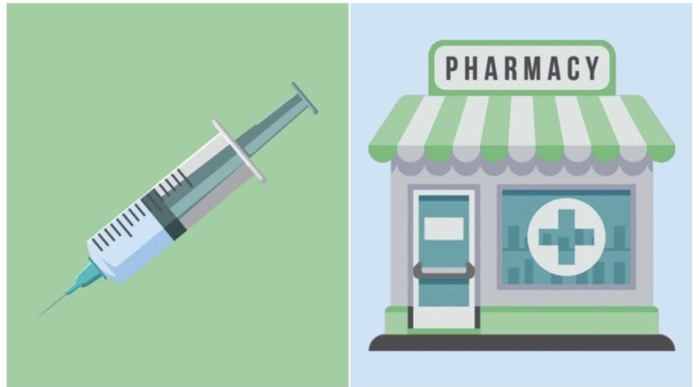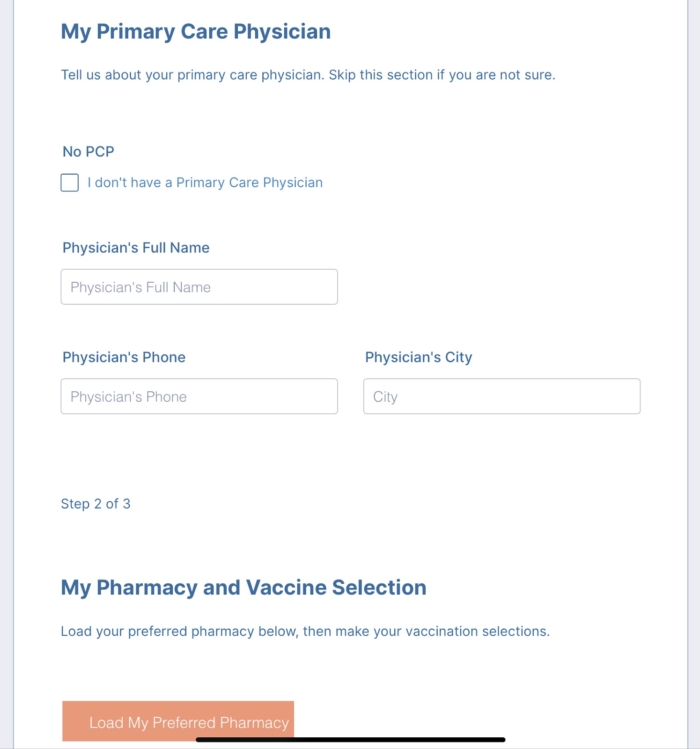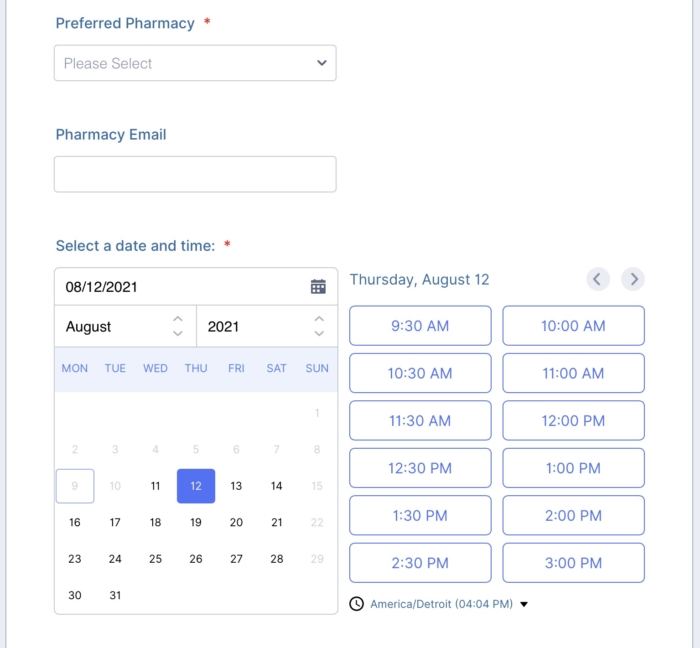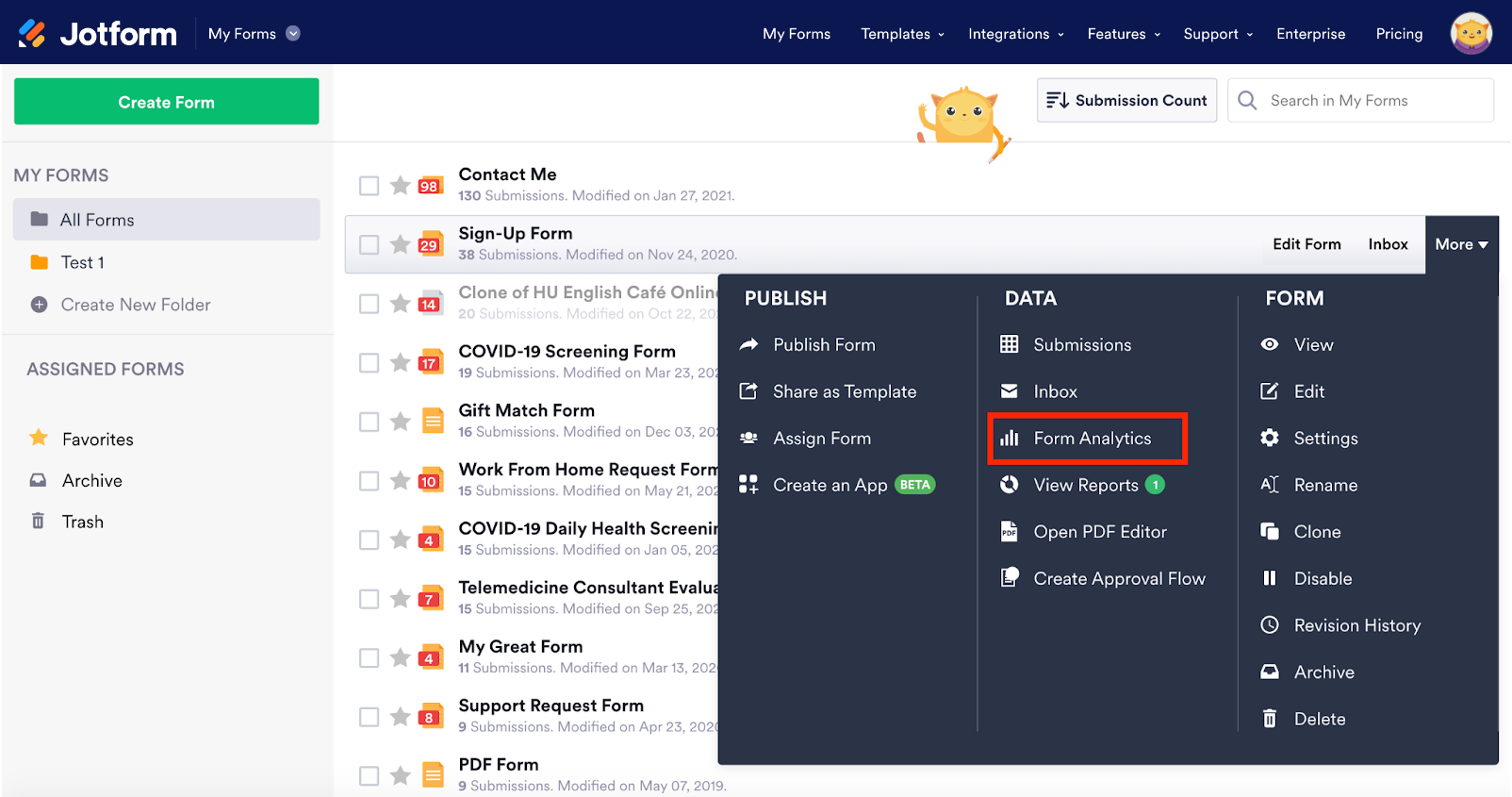In cities around the world, we’re beginning to return to the office, enjoy public parks, and resume eating at restaurants and going to entertainment venues. Though there’s still work to be done in many countries, day to day life is beginning to get back to “normal” for many of us.
This return to normalcy is largely thanks to the availability of vaccines that reduce our risk of sickness and hospitalization from COVID-19 and its variants. Indeed, healthcare has never been more important than it is now. Most of us get the necessary prescriptions and medicine we need from our local pharmacy.
But pharmacies aren’t just filling medications, they’re going “beyond the fill” to provide enhanced services like medication synchronization, plan reviews, health events, biometric screenings, and vaccinations. The local healthcare outpost for many communities, pharmacies are an important ally in our battle to defeat COVID-19 once and for all.
Additionally, many pharmacies belong to larger healthcare networks that provide a variety of resources and tools. These tools enable pharmacies to access enhanced services that improve medication adherence, patient loyalty, and health outcomes.
A big part of a healthcare practice’s success is the technology underpinning it. Here, we’ll explore how Jotform’s data-collection platform is helping pharmacies across the U.S. and Canada.
Technology enables better health outcomes for pharmacies
Pharmacies need help to deliver effective care and service. Whether we’re talking about administrative duties or dealing directly with customers, pharmacies have come to rely on technology — data-collection software in particular — to get things done.
Without user-friendly digital interfaces, health apps, and HIPAA-friendly data collection, pharmacies would be buried beneath reams of patient paperwork and hamstrung by inefficient processes. As customer demand grows, this would create an unmanageable system that takes loads of time to sort through, requires a ton of physical space, and puts protected health information (PHI) at risk.
On the other hand, a secure customer portal and sophisticated data-collection software help coordinate the services a pharmacy provides to the public. With user-friendly online forms that allow customers to communicate the way they prefer, a pharmacist can register new customers, conduct COVID or other testing, and administer vaccinations with relative ease.
In some cases, healthcare networks supply online forms to enable contactless vaccination for their network of pharmacies, making it as simple — and safe — as possible to vaccinate the community. Networks can also supply marketing materials at scale, allowing pharmacies to educate their members (or customers).
Often it’s the responsibility of product designers or IT directors to work directly with the network of pharmacists and prescribers. Since they are on the front lines with pharmacies, they understand their customer needs and pain points and which technology solutions they need to create better health outcomes for members.
How Jotform facilitates vaccination efforts
Savvy technical healthcare professionals use Jotform to provide pharmacists with data-collection technology that facilitates appointment scheduling, COVID-19 testing and vaccination registration, and customer consent gathering. Jotform is flexible enough to allow for multiple, complex uses, but its ease of use lets users quickly build a form and test it out.
Jotform also enables contactless vaccination signup forms that can be embedded in a network’s website. Contactless data collection not only aids in eliminating paperwork and manual processes for the healthcare industry but in safeguarding the health of the participants involved as well.
Here are three ways the healthcare community uses Jotform to facilitate vaccination efforts.
Form building and distribution
A first step in this process is understanding the conditions and requirements needed for a contact-free vaccination process. Ensuring all the conditions of the form fields work properly requires some work. The good news is that you can easily do this via Jotform Workflows.
Once the conditions are set up, pharmacies can embed the form in their websites for customers and members to access. This allows patients to easily fill in their personal information, include medical details, select a vaccine, and reserve their preferred date and time for vaccination at their pharmacy.
Say a customer has previously filled out an embedded form and/or had a prescription filled with a given pharmacy or network. The pharmacy can use Jotform Prefill, which will recognize returning customers so they don’t have to fill in every field in subsequent submissions. Form prefill functionality speeds up the customer’s experience and increases the likelihood of form completion.
Conditional logic ensures the right information is available and displayed for the end user. As an example, appointment calendar variables can be determined based upon the customer’s preferred pharmacy.
Communication
When patients complete and submit COVID-19 vaccination forms, they will receive an autoresponder email. A network or pharmacy can enable notification emails (with attachments) to be sent to relevant internal stakeholders as well, so they can vet the customer or member’s information and determine vaccine eligibility.
It’s important that information reaches the right people so they can act on it and keep the process moving forward. This way, pharmacies can be sure that the patient is contacted either by phone or email, confirming that an appointment has been made for their requested date and time.
Follow-up and confirmation
Pharmacies may need attachments along with submission notifications to ensure they can print out and check off required PHI after an appointment has taken place.
It’s important to note that although online data collection cuts down on paper records, the healthcare industry still requires hard copies in certain circumstances.
Healthcare companies can use Jotform’s PDF Editor to automatically create PDFs from collected form responses. Whenever a pharmacy customer submits a form, PDF Editor will conveniently convert the form into a PDF that includes the submitted information.
Meanwhile, internal managers and form owners can use Jotform Tables to monitor incoming data from submitted forms. Collaborators can download submitted form information daily, and import that data to CRMs like HubSpot or Salesforce through one of Jotform’s integrations. They can then send the data to pharmacies or parent companies.
The flexibility of the Jotform ecosystem is vital for organizations that may not have the resources or time to build forms and manage incoming data in an efficient and safe manner.
Finally, form owners can use Jotform’s form analytics feature to track how many submissions are flowing in and chart the trends over time. As an example, there was likely a rush of submissions in the spring, but it’s just as important to track the daily vaccination rate now as the world deals with variants of COVID-19.
Vaccinations were a regular part of life before the pandemic and will continue to be after it, whether a routine flu shot, a travel precaution, or for COVID-19 and its variants.
The healthcare community constantly has its hands full. Technology shouldn’t be another concern. The best way to ensure pharmacies and other healthcare companies can efficiently produce the health outcomes customers need is to empower them with flexible solutions that meet their needs.
To get started, check out Jotform’s vaccination form templates today.










Send Comment: